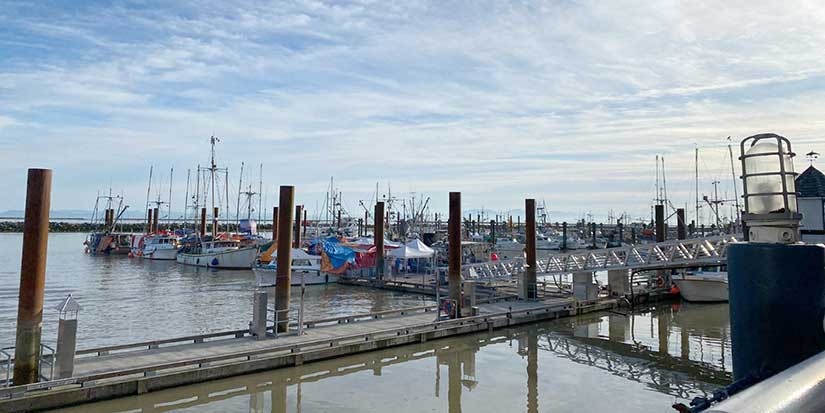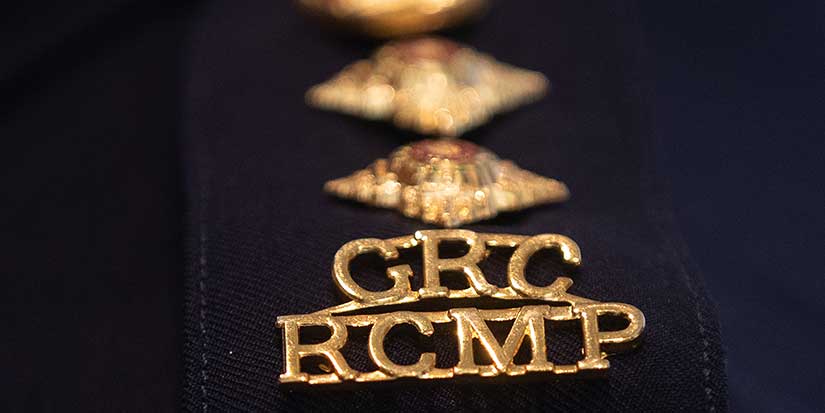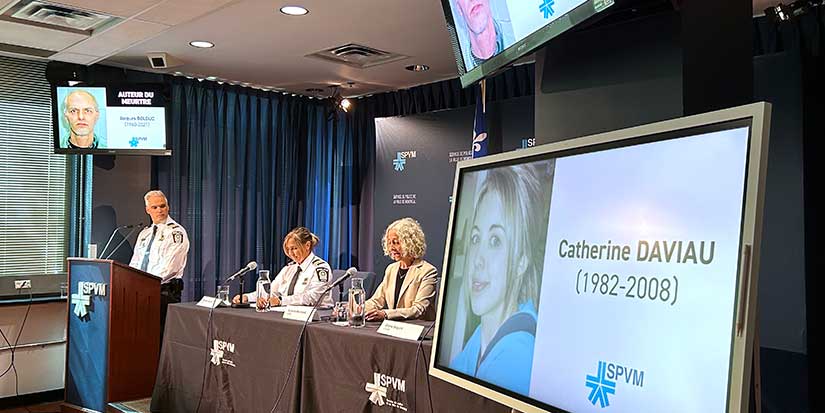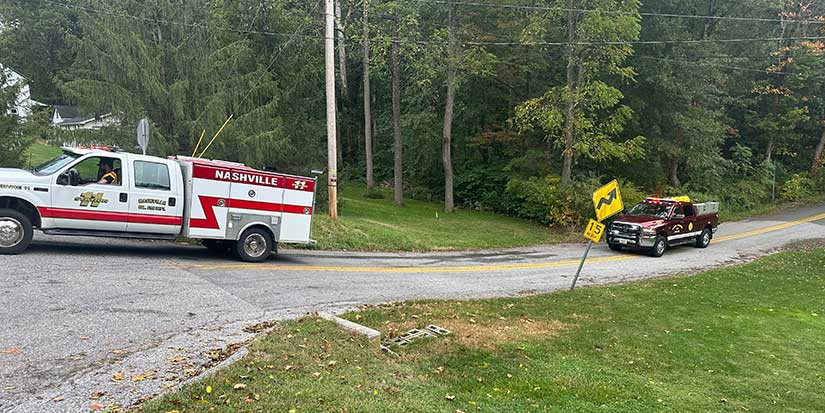Latest News
The history of Steveston

By Harvey Ng
Published 3:44 PDT, Fri August 19, 2022
—
Steveston is rich with history. The land known as Steveston, located beside the Fraser River producing an abundance of salmon, was purchased by W. H. Steves in 1886.
Word spread far and wide, bringing fishermen and their families to settle in Steveston. They contributed to a prosperous community that included canneries, shops, farmland, and homes. The first bank in Richmond was built in Steveston and today is the home of a museum and visitor centre.
Steveston was a thriving community until 1913, but it also experienced a number of tragic events. First was the Hells Gate Landslide in 1914.
During the construction of the Canadian Northern Railway line, workers blasted heavy rock with explosives, sending debris into the Fraser River at Hells Gate. After the crew had left, 100,000 cubic yards of loose granite fell into the river and effectively formed a dam, restricting salmon from swimming upstream. Salmon were crucial for many cannery businesses and Indigenous peoples.
Indigenous men were hired to move the fish to the other side of the blockage. This process was unsuccessful and within a year, the food supply for nearby First Nations people was affected and the canneries in Steveston were forced to shut down. In 1945 the government built a giant concrete fishway to transport salmon around the blockade, but it wasn’t until 1990 that the salmon numbers recovered.
Then in 1918, a fire broke out in the village, supposedly caused by a Chinese cookhouse. The fire spread quickly, destroying property and leaving hundreds homeless.
Many of the buildings from the past still exist today and have been renovated to showcase elements of the community’s history. For instance, the Gulf of Georgia Cannery was once the biggest and busiest of all the canneries in British Columbia. It was nicknamed "Monster Cannery" or "Salmonopolis." In the beginning, it had only Indigenous workers, but as time went on, others also became involved.
During the Great Depression between 1929 and 1939, salmon demand fell, which caused production rates to drop. Nine years later, because of the Second World War, the demand for herring fish grew because of Allied soldiers overseas. Business was booming once again until 1979 when production was forced to shut down due to the aging equipment.
Another interesting historical site in Steveston is the tram building that protects the well-known Tram Car 1220. In 1958, 28 tram cars made by a St. Louis company were sent to B.C.’s Lower Mainland from Missouri.
On Feb. 28, 1958, the Steveston Tram Car rolled into the heart of the village. Unfortunately, 23 of the other trains were destroyed due to post-war prosperity. The ones that survived are located in different parts of Canada. One is at Burnaby Village Museum, two are in Surrey, and one is in eastern Canada.
Steveston today is a popular tourist attraction with freshly-caught fish sold on the dock, whale watching tours, and the quaintness of the preserved village. It has also been the location of many film sets.































